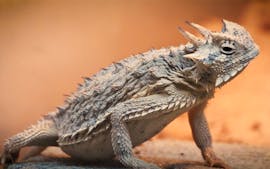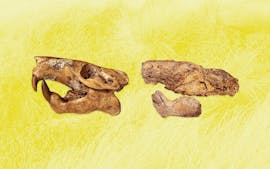A herd of donkeys hoofed it down to the pink granite Capitol in downtown Austin Wednesday, a furry showing of opposition to the Texas Department of Parks and Wildlife’s controversial practice of shooting feral burros in Big Bend State Park.
Texas Department of Parks and Wildlife has said that the burros are an invasive species that hog the park’s scarce water supplies and damage the delicate landscape.
But critics say TPWD just wants to make room in the park for bighorn sheep and the hunters who love them, the Texas Observer‘s Forrest Wilder reported. (Wilder also wins the story’s best headline: “Stubborn Asses March on Capitol.”)
The burros and their handlers marched up Lavaca Street to the Capitol, where they dropped off 100,000 signatures protesting the state-sanctione
Kevin Good, the special assistant to TPWD Director Carter Smith, told Wilder that it’s not as if they like shooting the burros:
Nobody relishes conducting lethal control … It’s not something that our staff enjoys. It’s also not something that we particularly go out of our way to do.
KUT’s Mose Buchele put together a delightful radio piece on the protest for NPR’s State Impact, and in an accompanying blog post, he wrote:
Words matter in life. And the case of the the wild donkeys of West Texas is no exception. If you call them ‘Wild Burros’ you could be inclined to see them as scrappy survivors, emblems of the Old West. If you call them ‘Feral Donkeys,’ well, then they sound like pests that need to be exterminated.
The burros have been in the area since early Spanish colonists introduced them in the 1600s, “longer than Texas Parks and Wildlife,” Rachel Waller Rondeaux, of Alpine, pointed out to Buchele. Buchele pointed out that TPWD even has a website “devoted to burro droppings found near water wells.”
Visitors to the capitol cooed at the hoofed visitors, highlighting one major problem with the state’s show of lethal force: burros are “cuter than feral hogs.” But TPWD’s Good was unswayed by their cuteness:
Obviously some animals are more attractive to humans than others, but we try to separate cuteness from resource management.







